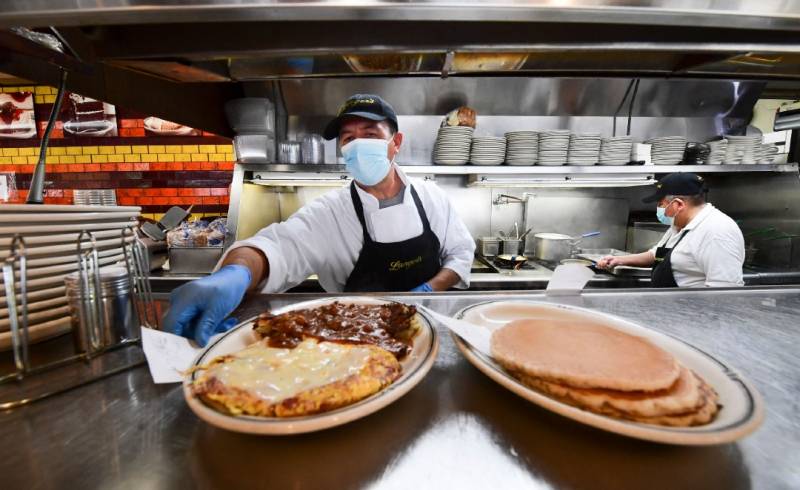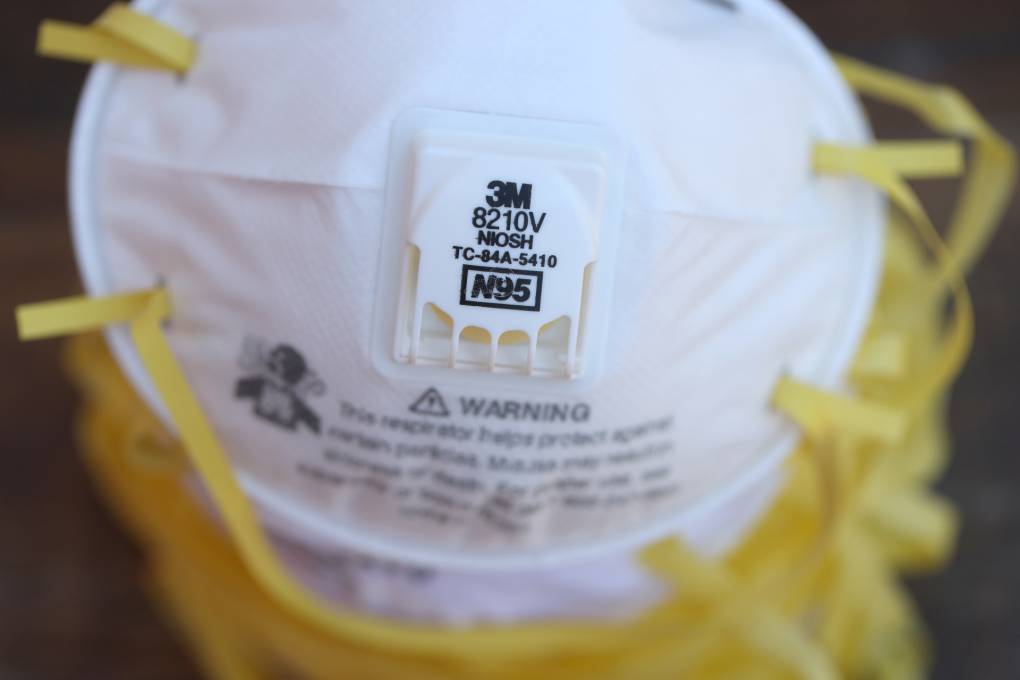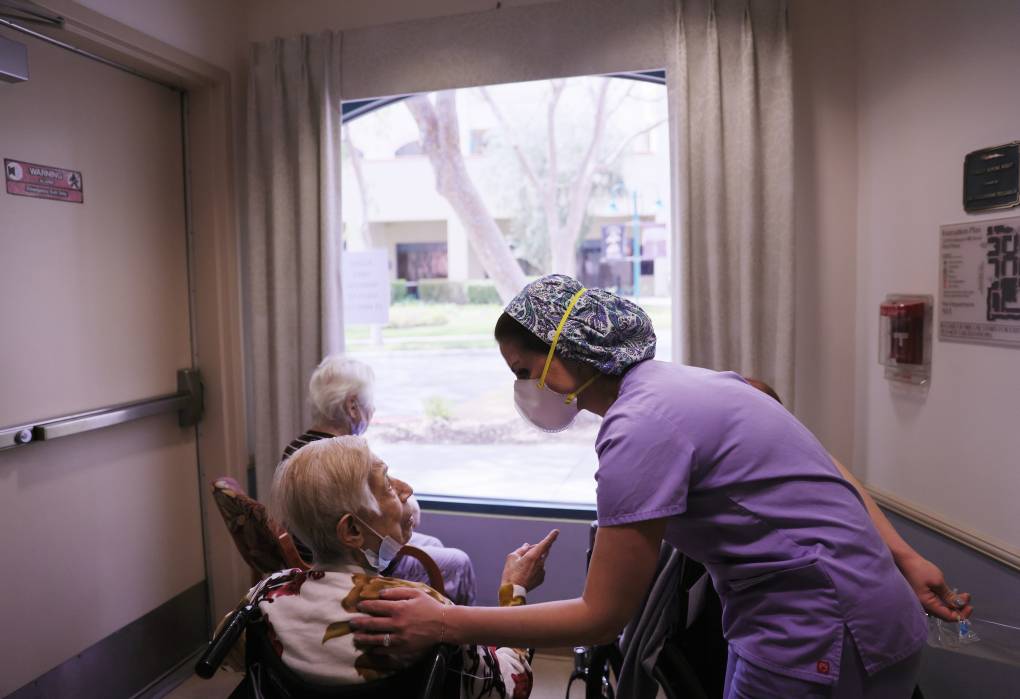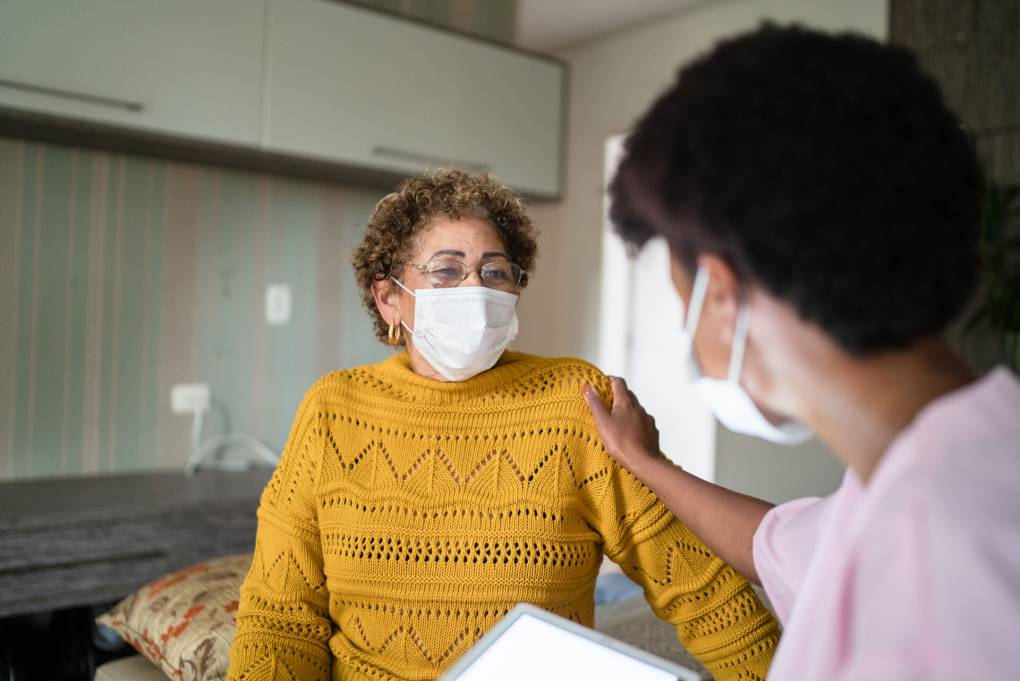The move comes after the board did a double-twisting backflip in recent weeks when it first postponed, then rejected, then adopted, then rescinded rules that would have allowed workers to forgo masks only if every employee in a room was fully vaccinated against the coronavirus.
Fully vaccinated employees will not need to wear masks, except in locations like mass transit and classrooms, where they are required for everyone, or in the event of outbreaks.
Physical distancing also will end except for certain workers during major outbreaks. Vaccinated employees won’t need to be tested or quarantine unless they show symptoms, even if they have close contact with an infected person.
Employers must document that workers who skip masks indoors are indeed fully vaccinated. But employers have the choice of requiring workers to show proof of vaccination or allowing employees to self-report their status, with the employer keeping a record of who does the latter.
They also could decide to require everyone to remain masked — vaccinated or not. And vaccinated employees will still be able to wear masks if they choose without facing retaliation.
The governor’s office released a statement saying the workplace regulations, initially implemented in November 2020, “remain an important component of the state’s ongoing response, providing balanced worker protections that support California’s continued progress in recovering from the pandemic.”
Rob Lapsley, president of the California Business Roundtable, said the rules don’t fully conform to the state’s other standards. Others argued that they still will cause confusion.
That’s because of the requirement that employers provide masks and keep track of employees’ vaccination status, record-keeping that he and others said could create liability and privacy issues.
“They do remain a significant barrier to fully reopening the economy,” Lapsley said.
Katie Hansen, senior legislative director for the California Restaurant Association, said it is unrealistic to expect unvaccinated employees to remain masked until emergency work rules expire early next year, while others generally drop their face coverings.
The California Chamber of Commerce took a milder approach, thanking Newsom for eliminating confusion by pledging to conform workplace rules with the state’s loosened pandemic precautions.
That includes immediately ending social distancing obligations instead of waiting until July 31, as Cal/OSHA had initially proposed.
The chamber also praised a rule change that will require employers to provide the most effective N95 masks for free to unvaccinated employees upon request.
But others objected that the rule still will require employers to stockpile masks and compete with health care workers, despite Newsom’s promise to provide a one-month supply of the masks.
There were 700 California workplace outbreaks and more than 10,000 infections in the last 30 days, Cal/OSHA’s Berg said, but he said the N95s are the best alternative as other protections wane.
Robert Moutrie, a chamber of commerce policy advocate, called the latest proposal a “measured step” that opens too quickly for some businesses and not quickly enough for others.
”But we do think that this is a good step in that direction,” Moutrie said.
KQED’s Alex Hall contributed to this report.



